How blood biomarker analysis can help plan meals, boost performance

For many professional athletes, the letter D is key. While you may be thinking defense, deke, double double or draw, this variation of D lives within an athlete’s body and can dictate performance. Enter the universe of vitamin D.
“Vitamin D is very important and you might see very low levels in players—often seen in basketball players, due to the components [of] ethnicity, but also due to the lack of exposure of being outside,” says co-founder of Total Performance, Andy Barr. “You need vitamin D for all sorts of functions throughout the body, from muscle function to bone support.”
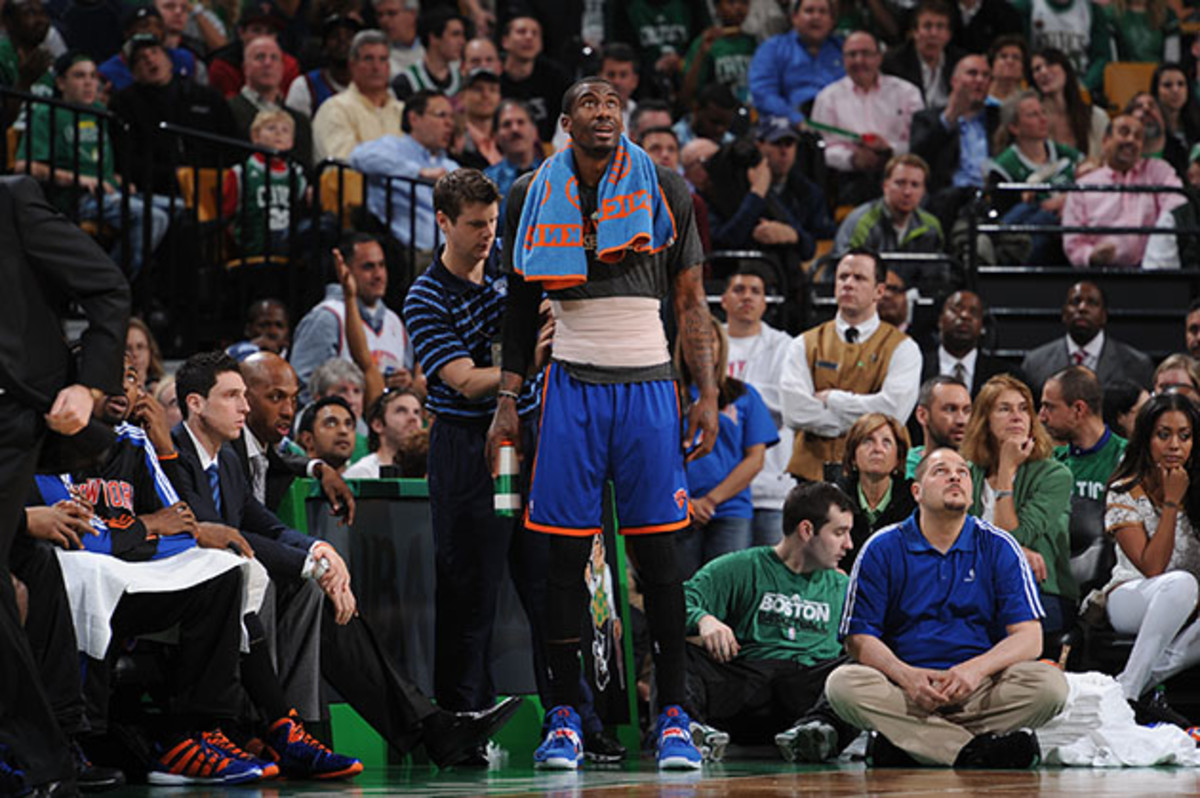
Vitamin D is just one of many needs for athlete, though. Through the protocol he set at Total Performance, Barr—who has previously worked with the New York Knicks, Manchester City, MLS’s New York City FC and more—also focuses on four other key parts of an athlete's health and wellbeing: strength, tendon and tissue quality, ACL integrity and biomechanics, or how an athlete moves.
“We just want to see how these guys are coping with the loads they are exposed to,” Barr says. “But another thing that we try and incorporate is what’s going on in their internal physiology.”
• The rise of American Ninja Warrior gyms, ninja-style training
Through a partnership with Ireland-based biomarker analysis company ORRECO, Barr also employs a cutting-edge blood testing system. From the results, he is able to prescribe appropriate nutritional enhancements that work together with the physical activity components.
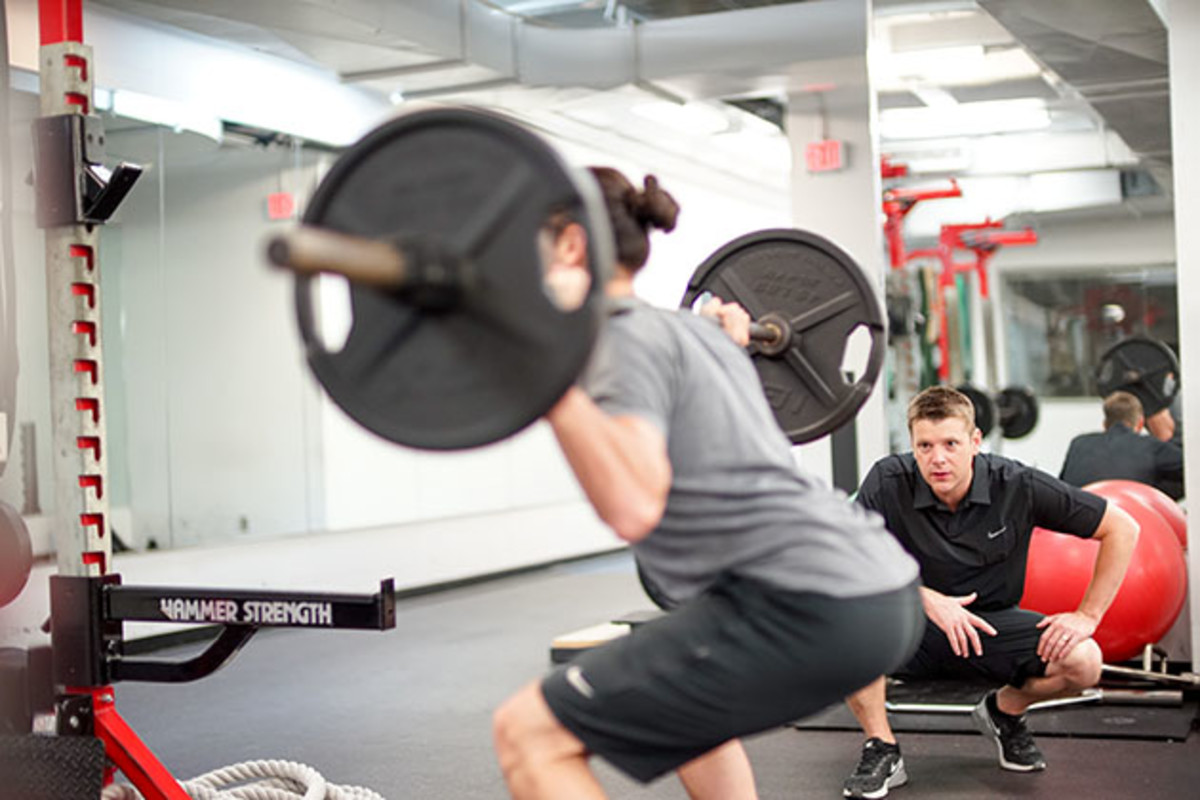
“We bring in ORRECO to do the bio analytics—looking at the status of [the players’] internal physiology, and then we implement interventions to try and support what we’re finding,” says Barr. “A lot of times, you’ll see changes in the tissue quality and how that actually lines up with how the players’ blood responses are presented.”
A big focus of Barr’s work is with an athlete’s nutritional status: hydration, vitamins, electrolytes, protein and mineral content in his or her body. If he finds a deficiency in any of these areas, it’s time to hit the healthy kitchen, but in a tasty way.
• Innovation in Hydration: How CamelBak became a military essential
“We provide them with a menu that’s appealing to the taste buds,” Barr states. “[But it’s not] just why they’re eating, it’s how much they’re eating and when they’re eating.”
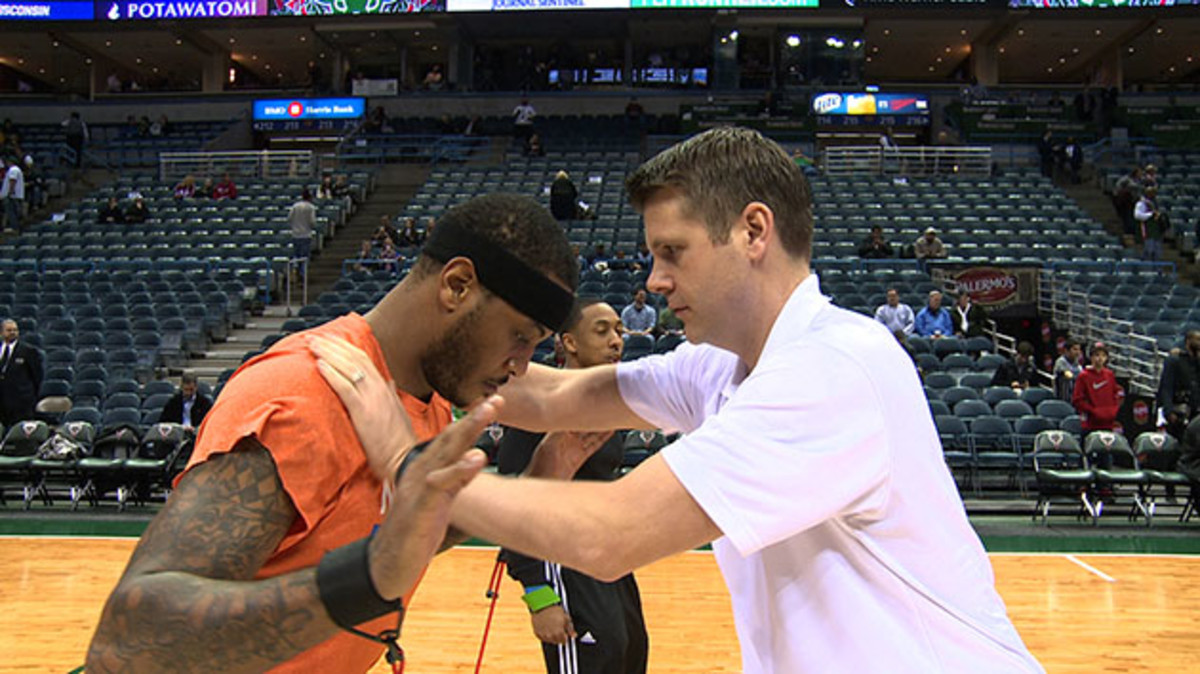
When a player’s results start to show overuse and fatigue markers—a high level of white blood cells or anti-inflammatory cells are key indicators—he’ll suggest a more appropriate protein intake or carbohydrate-protein mixes. To level out the amount of fatty acids in the body, fish oils are added to help reduce the amount of bodily inflammation.
In order to achieve homeostasis—a stable, balanced state within the body—Barr turns to salmon for omega-3 fatty acids and makes sure the rest of the diet is rich in color, such as greens and reds, and includes all types of berries, which are good sources of antioxidants.
“Antioxidants are very important for buffering the free radicals and exposure to the stresses and demands of playing,” Barr says. “A lot of times, the guys have sleep related issues through the travel schedule—especially near the end—so we’ll encourage them to eat more foods that are high in antioxidants.”
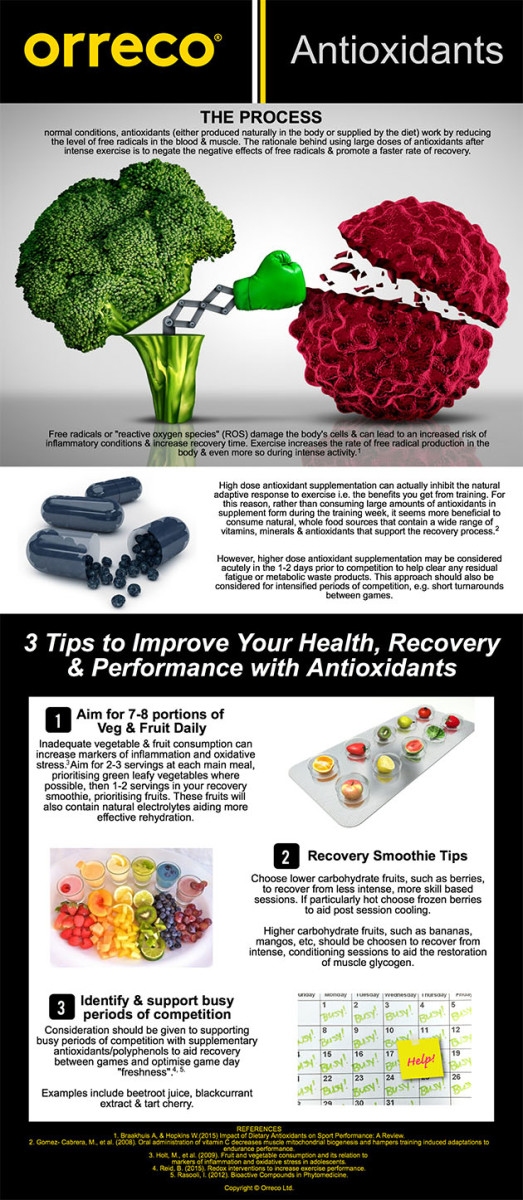
Barr, who has trained a lot of notable athletes, including the NBA’s Wilson Chandler, Tyson Chandler and Baron Davis, notes that Tim Hardaway Jr. was one of his pinnacle brainchildren, with Barr helping Hardaway to work through his “rookie wall.” Hardaway Jr. was announced as an NBA All-Rookie First Team selection while playing for the New York Knicks in 2014.
“We had a really good nutritional support system in place to buffer the demands he wasn’t used to,” Barr explains of Hardaway Jr.’s potential rookie wall. “You have to look at all the different areas and fill in the pieces of the puzzle—loading patterns, intrinsic responses, tissue responses and internal blood responses. He was a classic example of a player that responded really well to the interventions.”
• Value of the vertical jump: How Combine results relate to NBA success
And monitoring younger players is essential to Barr. As their performance begins to fail, this is commonly noted in blood physiology and it’s extremely important to implement nutritional enforcement.
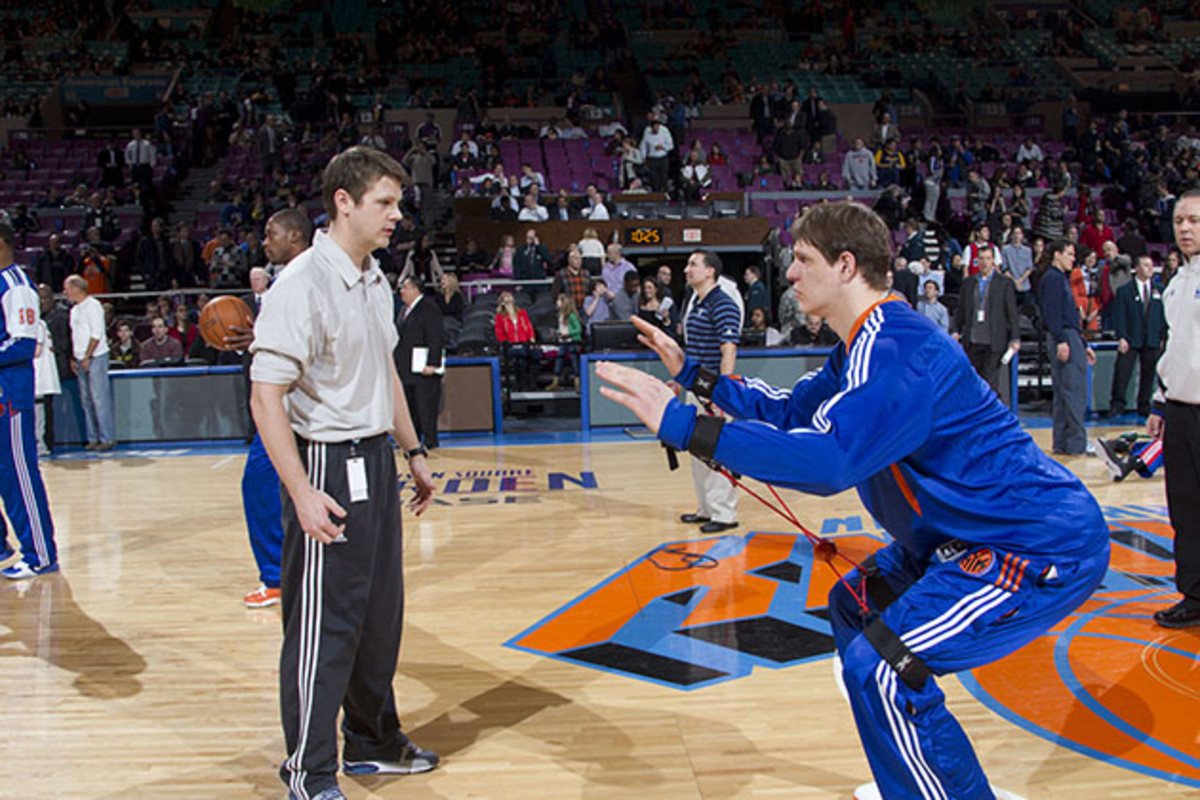
“Young players coming into a league have been going through a much increased level of loading compared to what they’re used to,” Barr states. “Because they’re young, they’re usually expected to do more, which often shouldn’t be the case—they should have a bit more time for adaption and adjustment.”
But Barr’s blood biomarkers dig a much deeper path and also seek to discover whether the results are influenced by a clinical-related issue, such as liver function, low iron, tissue damage, hormone imbalance or thyroid malfunction.
• Worth the weight: Vadal Alexander diets his way to the NFL
“If there’s imbalances that are taking them out of those areas where they need to perform optimally, then we provide clinical intervention through a medical doctor,” Barr says. “Before a player starts to show sign of fatigue, we can pick this up and be very proactive before you start to see that drop-off in performance.”
For Barr, that dynamic approach—another key D-word, if you will—is crucial to preventing injuries, increasing performance levels and creating a complete athlete.
